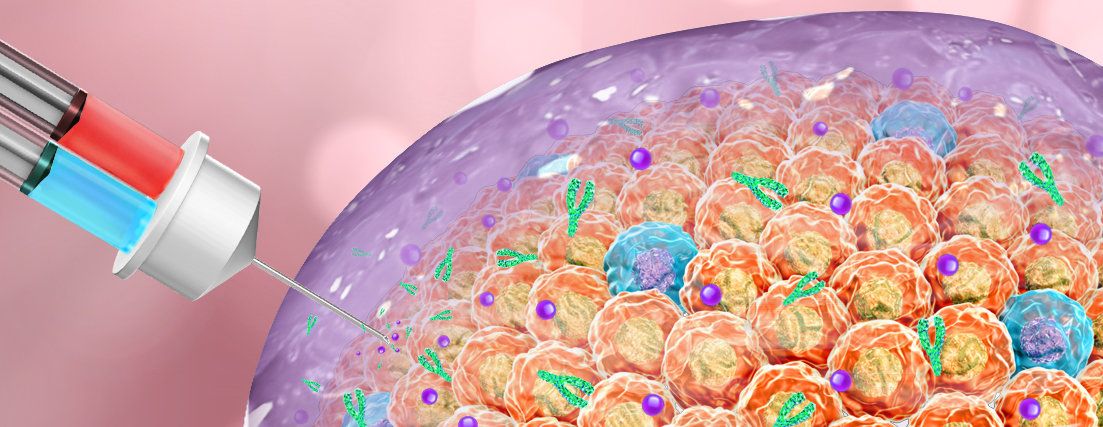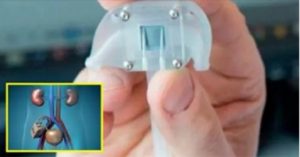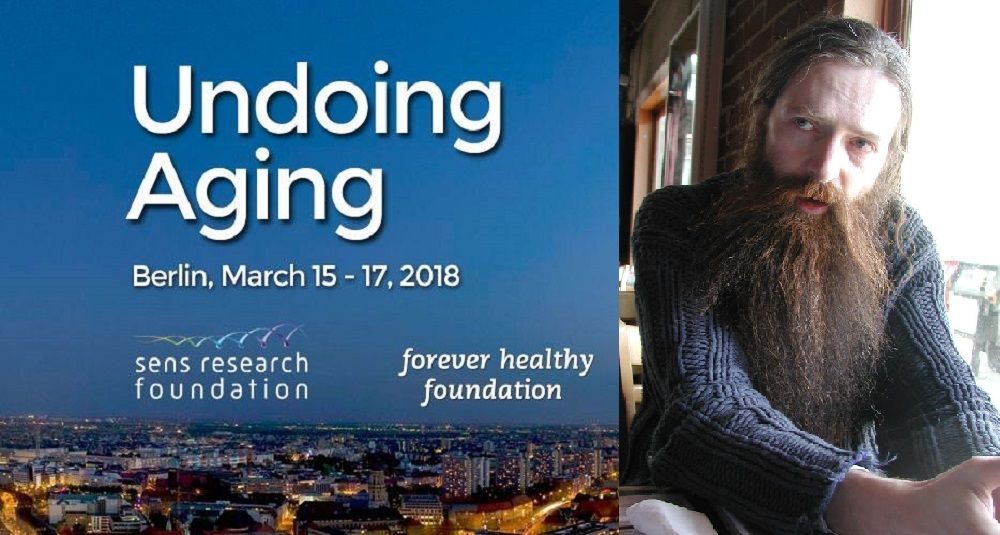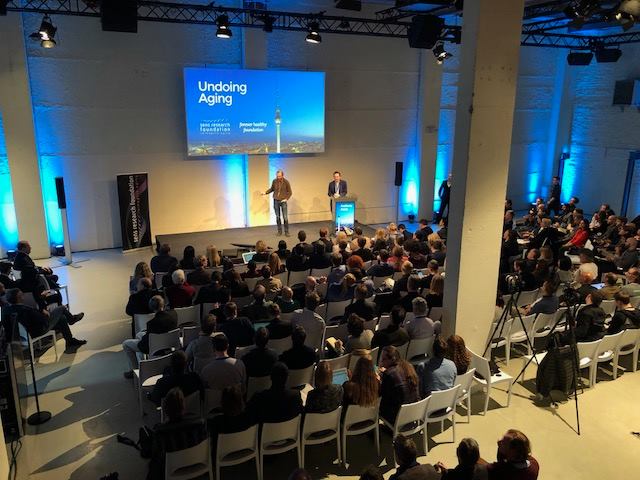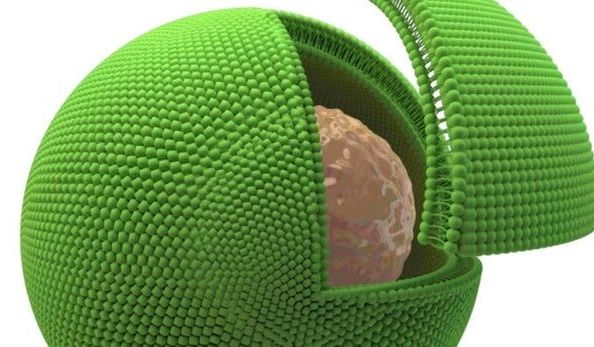Page 9602
Mar 16, 2018
New therapeutic gel shows promise against cancerous tumors!
Posted by Nicholi Avery in category: biotech/medical
Scientists at the UNC School of Medicine and NC State have created an injectable gel-like scaffold that can hold combination #chemo-immunotherapeutic drugs and deliver them locally to tumors in a sequential manner. The results in animal models so far suggest this approach could one day ramp up therapeutic benefits for patients bearing tumors or after removal of the primary tumors.
The research, published in Science Translational Medicine, focused on two specific types of melanoma and breast #cancer, but this approach could work in other tissue types. Also, the research showed that this localized delivery of combination therapy significantly inhibited the recurrence of cancer after the primary tumor was surgically removed.
“We’ve created a simple method to use #chemotherapy while leveraging the biology of the #tumor and our natural defense against foreign invaders to beat back tumor development with limited side effects,” said senior author Zhen Gu, PhD, associate professor in the joint UNC/NCSU Biomedical Engineering Department. “We have a lot more work to do before human clinical trials, but we think this approach holds great promise.”
Continue reading “New therapeutic gel shows promise against cancerous tumors!” »
Mar 16, 2018
Autonomous Robot Bees Are Being Patented by… Walmart?
Posted by Shane Hinshaw in categories: food, robotics/AI
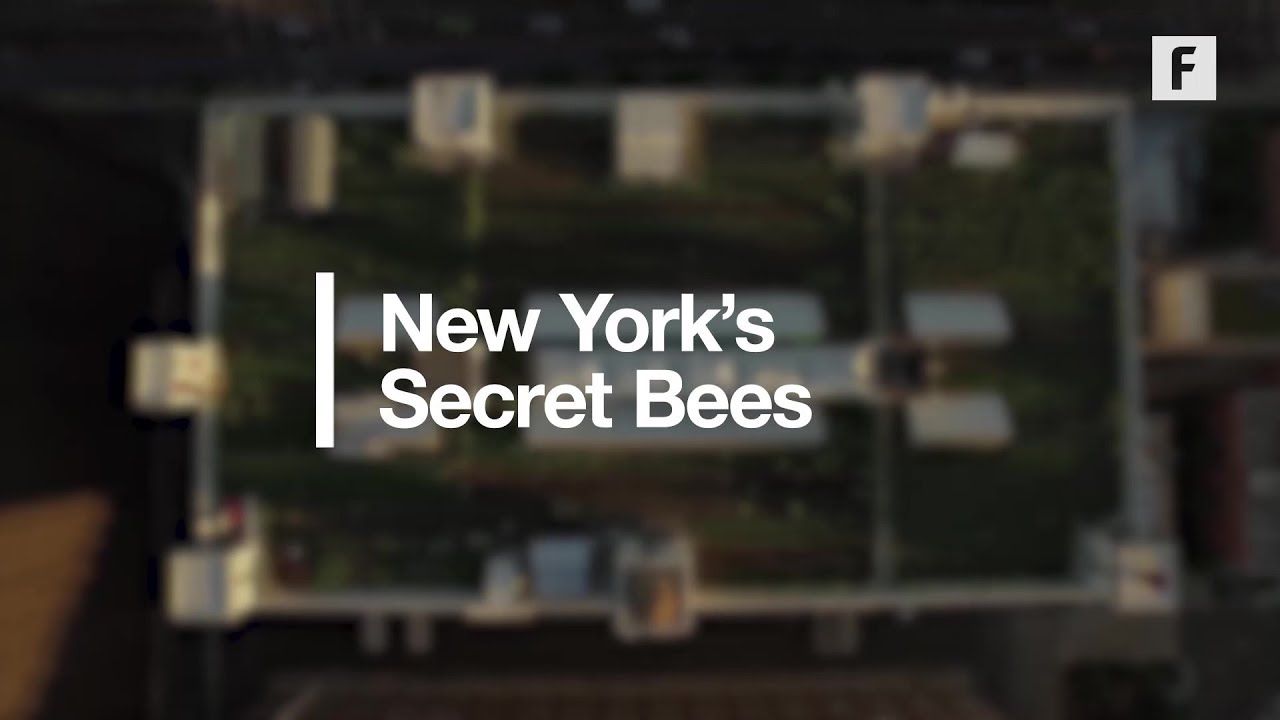
While bee populations dwindle at an alarming rate, Walmart made a surprising move in filing a patent for robot bees to act as agricultural pollinators.
Mar 16, 2018
Bionic Kidney To Replace Dialysis
Posted by Philip Raymond in categories: aging, bioengineering, bionic, biotech/medical
It’s not uncommon for the press to get hyped up before the long process of refinement and FDA approval. Let’s hope that this one moves along quickly — while demonstrating safety and efficacy.
https://www.troab.com/worlds-first-bionic-kidney-set-replace…-two-years
Mar 16, 2018
Undoing Aging With Aubrey de Grey Part Three
Posted by Nicola Bagalà in categories: biotech/medical, life extension
Parte 3 of the SENS Research Foundation interview by LEAF is out!
Welcome to part three and the final part of our SENS Undoing Aging 2018 interview; we have a few more scientific questions today for Aubrey and his team as well as questions about future developments and taking new therapies to market.
Dr. de Grey, has your position on the relevance of telomere attrition changed since you first devised SENS, especially in the light of the recent results with fibrosis and your involvement with AgeX?
Continue reading “Undoing Aging With Aubrey de Grey Part Three” »
Mar 16, 2018
Undoing-Aging 2018 at full throttle — more…
Posted by Michael Greve in category: life extension
Undoing-Aging 2018 at full throttle — more than 300 scientists from 36 countries — 3 days of presentations and networking. love it smile
For updates on the presentations see the event page.
Fb.com/events/495046104177327/
Continue reading “Undoing-Aging 2018 at full throttle — more…” »
Mar 16, 2018
The Transhumanist Test of Faith
Posted by Steve Fuller in categories: Elon Musk, ethics, human trajectories, moore's law, singularity, transhumanism
This piece originally appeared at the Institute for Emerging and Evolutionary Technologies website. It is dedicated to Leon Festinger.
Transhumanism is more often regarded as a faith by its detractors than its supporters. For my own part, I have long argued that the signature themes of transhumanism – especially the preoccupation with intellectual immortality and physical resurrection – bear the marks of Abrahamic theology. Indeed, without that theological backdrop, transhumanism’s zeal for mind uploading and cryonics looks simply bizarre. However, in this context, transhumanists can reasonably argue that they are scientifically delivering on those original theological promissory notes. Nevertheless, there remains the potentially pejorative sense of ‘faith’ lurking in what might be called transhumanism’s sense of eschatology – that is, its account of when, how and to whom those promissory notes will be delivered.
History shows that any humanly conceived idea is eventually realized in some form. Most of these ideas are realized fairly shortly after conception and in more or less the manner intended by their conceiver. However, many of the most important ideas – the ones that profoundly alter humanity’s self-understanding — are only realized much later and typically in a context quite alien to those who originally conceived them. Norbert Wiener famously observed that the possibility of an artificial intelligence was first raised in Talmudic discussions of the Biblical Golem. One of the goals of medieval alchemy was the creation of life from non-living materials. As for space travel and the search for extraterrestrial intelligence, they became staples of speculative thought starting with the European Renaissance’s unprecedented confidence in the power of human ingenuity. But in all these cases, the ideas have taken 500‑2000 years to be realized – and many have yet to fully satisfy the ambitions of their conceivers.
Tags: acceleration, faith, futurism
Mar 16, 2018
Hybrid artificial-natural cells bring together the best of both worlds
Posted by Montie Adkins in categories: bioengineering, biotech/medical
Sometimes I think I’m jumping the gun when speculating. Take this further, a better full body replacement?
The more we study natural biological cells, the more we learn about how to control them or build artificial versions. These independent avenues of study have huge potential, but also their limitations. Researchers from Imperial College London have worked out a way to borrow the strengths of each, fusing together living and non-living cells to create tiny chemical factories that might one day aid drug delivery.
In past work, scientists have packaged proteins and enzymes inside artificial casings to better treat conditions like cancer or diabetes. Rather than just using some natural parts, the Imperial College study instead wrapped entire biological cells inside artificial ones.
Continue reading “Hybrid artificial-natural cells bring together the best of both worlds” »
Mar 16, 2018
Pentagon Wants Silicon Valley’s Help on A.I.
Posted by Derick Lee in categories: government, internet, military, robotics/AI
On Thursday, Robert O. Work, a former deputy secretary of defense, will announce that he is teaming up with the Center for a New American Security, an influential Washington think tank that specializes in national security, to create a task force of former government officials, academics and representatives from private industry. Their goal is to explore how the federal government should embrace A.I. technology and work better with big tech companies and other organizations.
Older tech companies have long had ties with military and intelligence. But employees at internet outfits like Google are wary of too much cooperation.
Mar 15, 2018
This mind-reading AI can see what you’re thinking — and draw a picture of it
Posted by John Gallagher in category: robotics/AI
Scientists have developed a program that can read your brainwaves and produce an image based on what you’re thinking about.

